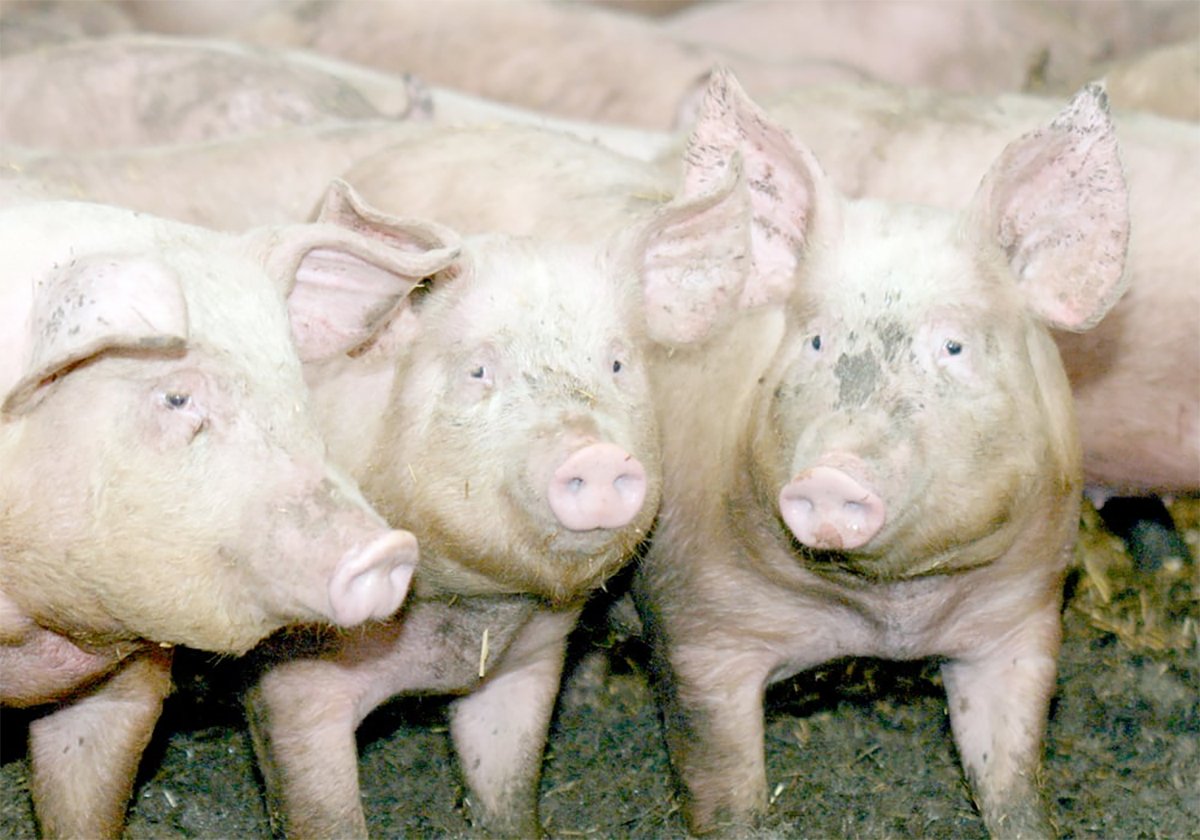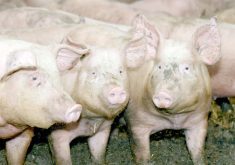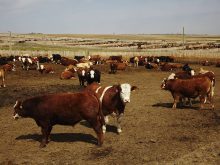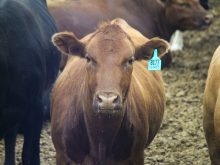DENVER, Colo. – The United States wants to diversify its beef exports.
After exports to Japan fell by 10 percent last year, the Americans are
actively seeking new trading partners.
Europe is a possibility, said Phil Seng of the Meat Export Federation.
“I still see them presenting the most growth for us in the long term,”
he told the international markets committee of the National Cattlemen’s
Beef Association.
The problem remains the European Union’s refusal to accept American
Read Also

The Western Producer Livestock Report – November 13, 2025
Western Producer Livestock Report for November 13, 2025. See U.S. & Canadian hog prices, Canadian bison & lamb market data and sales insights.
beef because the animals are treated with growth promoting hormones.
In a trade challenge, the World Trade Organization ruled in favour of
the U.S. and Canada by declaring the beef safe but Europe refused to
allow sales. In retaliation, a series of tariffs on European products
was implemented but no further movement has been achieved.
Determined to win, NCBA policy analyst Chandler Keys said the U.S.
plans a show of force against the Europeans during the next round of
WTO talks.
“We’re not going to cut a sorry ass deal with the Europeans,” he said.
The U.S. is also willing to negotiate a free trade deal with any other
country that is interested, but the deal must work both ways. If
America opens its doors, then other countries must reciprocate with
equal opportunities, Keys said.
After the last trade round was signed, many countries erected
artificial barriers such as stiffer health regulations to protect
domestic markets, said Howard Wetzel of the U.S. Department of
Agriculture.
He said more education is needed on what constitutes international
standards for health of animals.
“Every industry, yours included, has homework to do on the scientific
side,” Wetzel said.















